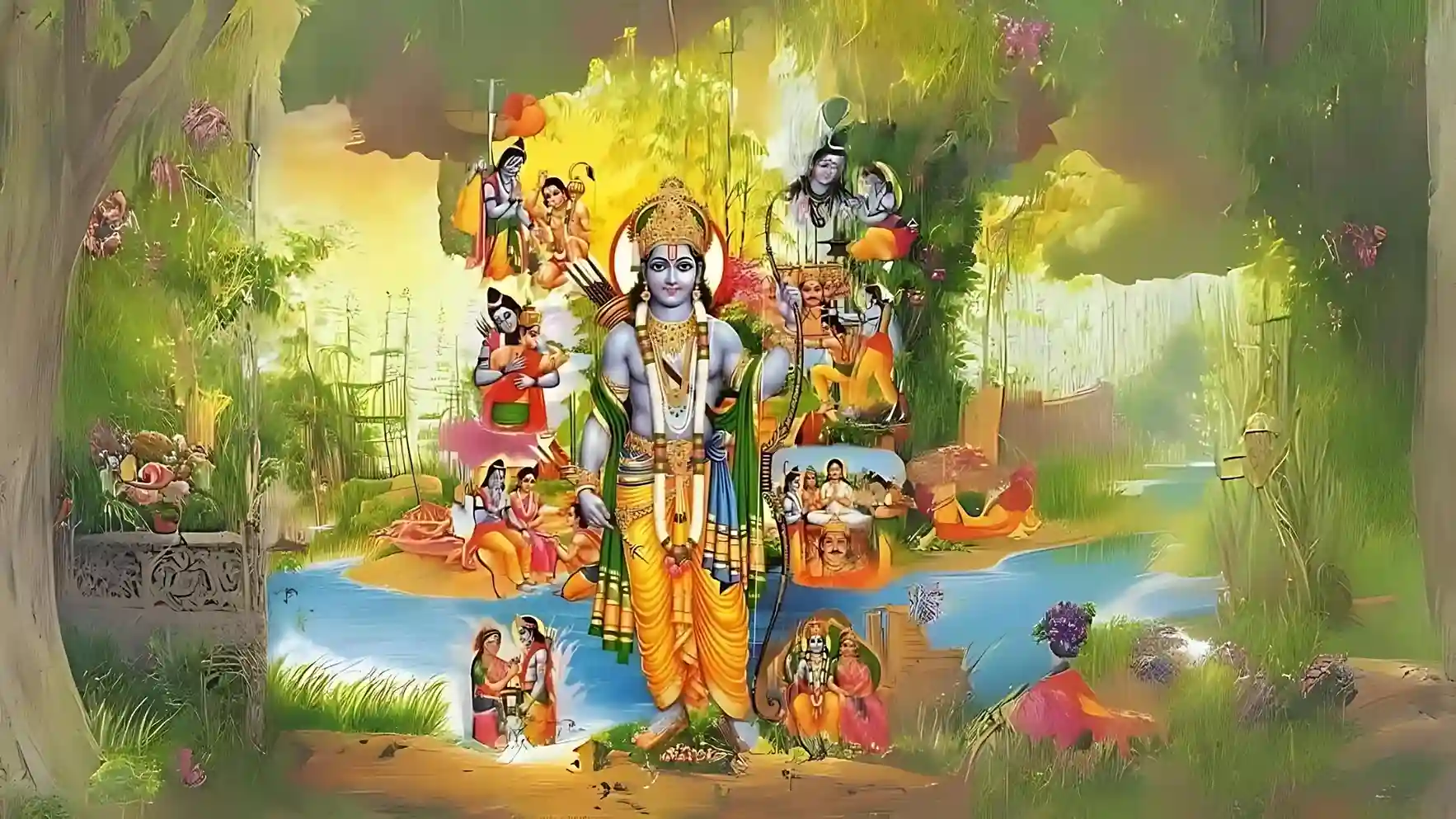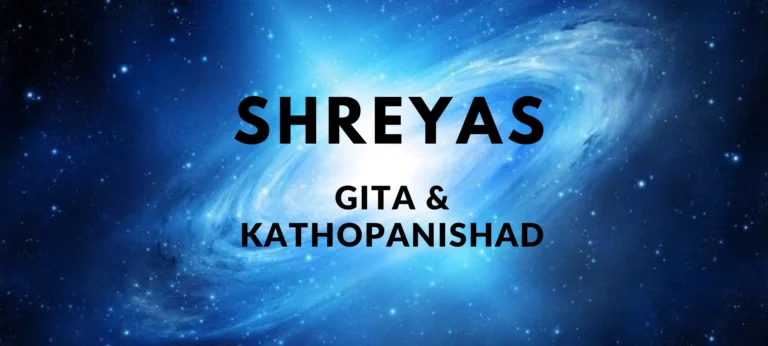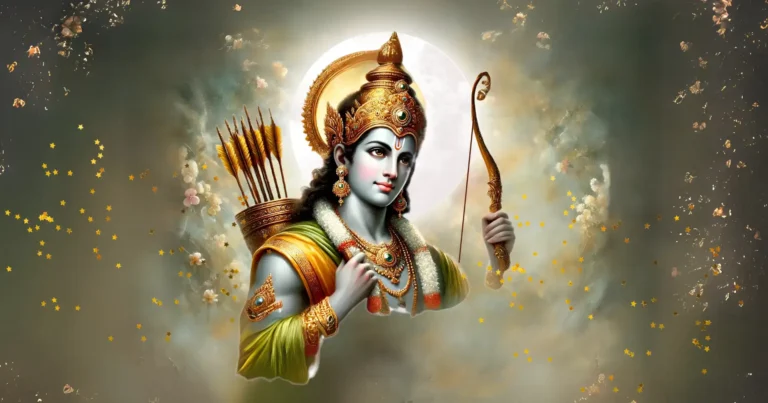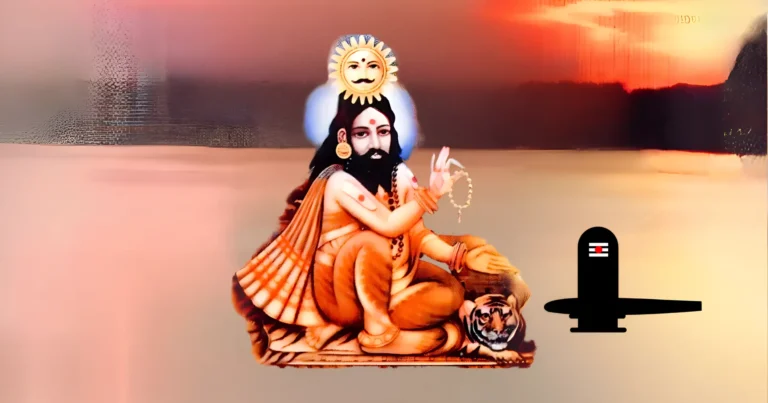Please Like the Blog and Share it for Maximum Reach
Table of Contents
Why did Sage Valmiki compile Ananda Ramayana?
Sri Valmiki Bhagawan compiled by the Ananda Ramayana. It is one of the Supreme Scriptures. Many Indians have heard about this rare scripture but many in the world do not know the contents of the Scripture.
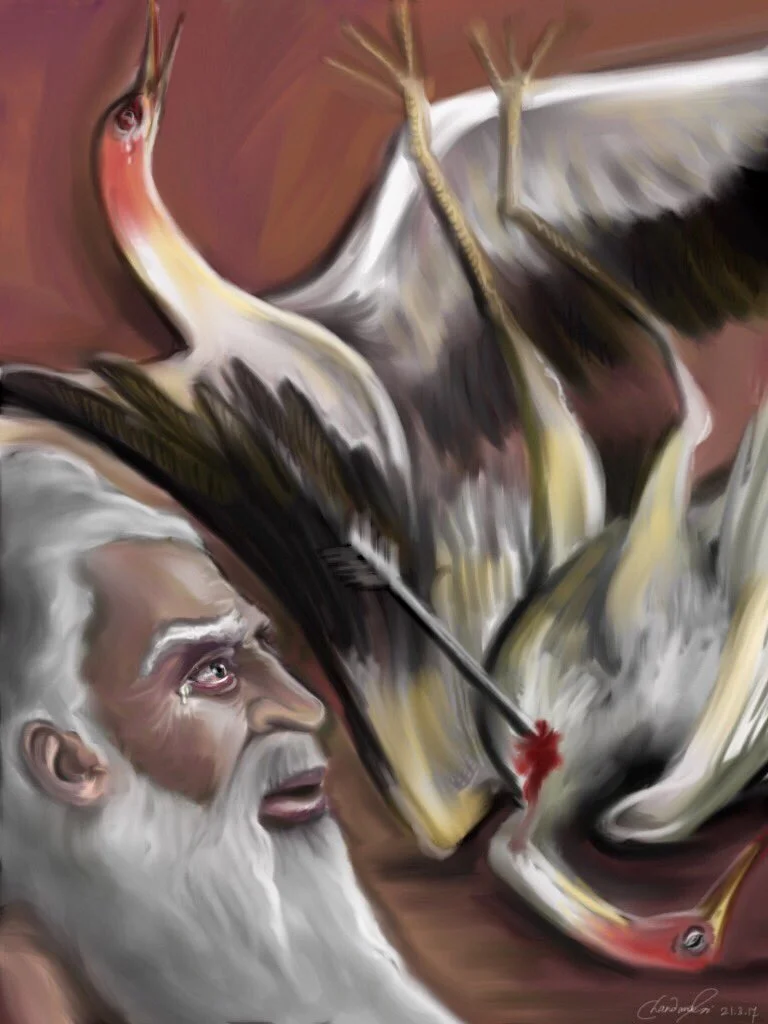
Sri Valmiki wrote the Epic of Ramayana, but this work disturbed him towards the end. The Epic Valmiki Ramayana ends in tragedy, for the fact that it began with a Tragedy, with the death of a Krauncha Bird.
Sri Valmiki Bhagawan wanted to write more about our great Lord Rama and therefore he presented the world with “Happy Ramayana” or Ananda Ramayana.
Ananda is another name of the Lord, the very personification of Joy and Bliss. What could be more fulfilling than to present the story of our Blissful Lord Sri Rama in the happiest Epic, the Ananda Ramayana?
Sri Rama and His Eternal Associates
This epic is quite interesting and very different from the more popular Epic, the Sri Valmiki Ramayana. The epic known as the Ananda Ramayana starts with the Salutation mantras. Sri Valmiki opens the Ananda Ramayana thus.”I bow to the Personification of Decency, Maryada Purushottam ((मर्यादा पुरुषोत्तम) Sri Rama.
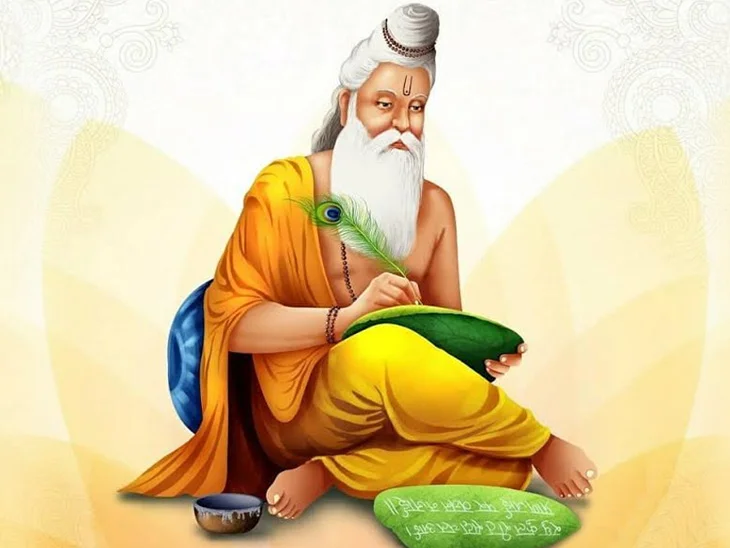
His body color is like fresh blue Lotus. The Lord adorns on his left side the ever-loving and gracious Mother Sita. Sri Hanumanji Maharaj in the bent posture is very close to His feet. His brothers Sri Laxmana, Sri Bharat, and Sri Shatrughna stand huddling the Lord.
Sugreeva, Vibheeshana, Prince Angada, and Jambavan, the bear-son of Sri Brahma complete the larger ambit surrounding the Lord. Sri Rama sits in the center of this ambit on a golden throne.
Topics of Ananda Ramayana
Ananda Ramayana consists of 9 Cantos. The first Canto covers Ravana’s death, owing to the curse of the Rishis. The Second Canto covers the Lord’s visit to the various pilgrimages along with His eternal consort, Shrimati Seeta Devi.
The Third Canto covers the Ashwamedha Yajna. The Fourth Canto contains the conjugal pastimes of the Lord and Shrimati Seeta Devi.
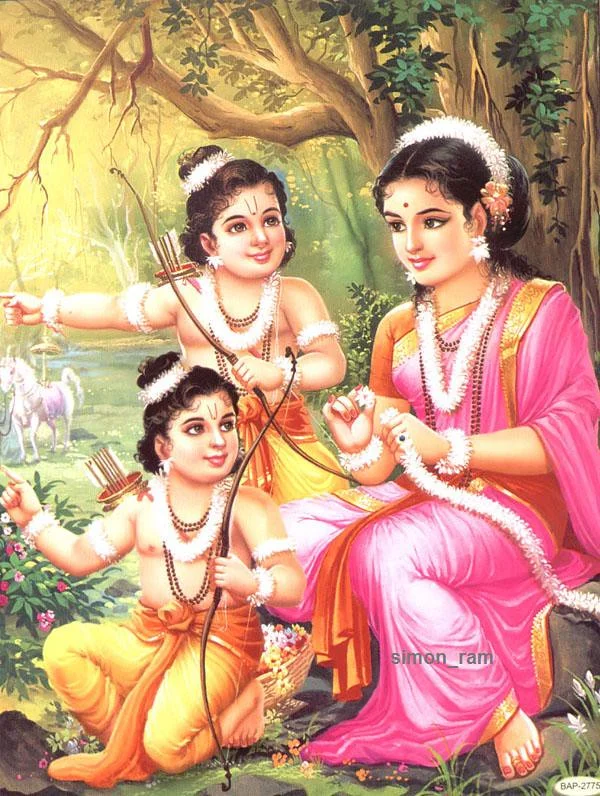
The Fifth Canto covers the birth of the two princes, sons of Sri Rama, namely Luv and Kusha. The Sixth Canto covers the marriage pastimes of Luv and Kusha. The Seventh Canto describes the rule of Sri Rama and the complete establishment of Dharma on Earth.
The Eighth Canto covers the modes of Worship and the final Ninth Canto describes the Lord and Mother’s ascension to Vaikuntha, the Eternal Abode of the Lord.
Lord Shiva Instructs Parvati Devi
The scene of the Ananda Ramayana opens with the Universal Mother, Shrimati Parvati Devi, performing Bhakti of the Lord Sri Rama. In an attitude of a sincere disciple, She enquires about Lord Rama, to Her eternal husband, and Guru Lord Shiva. Lord Shiva is the Universal Preceptor and the Guru of the Entire Creation who taught lessons of Rama Bhakti to the entire Universe.
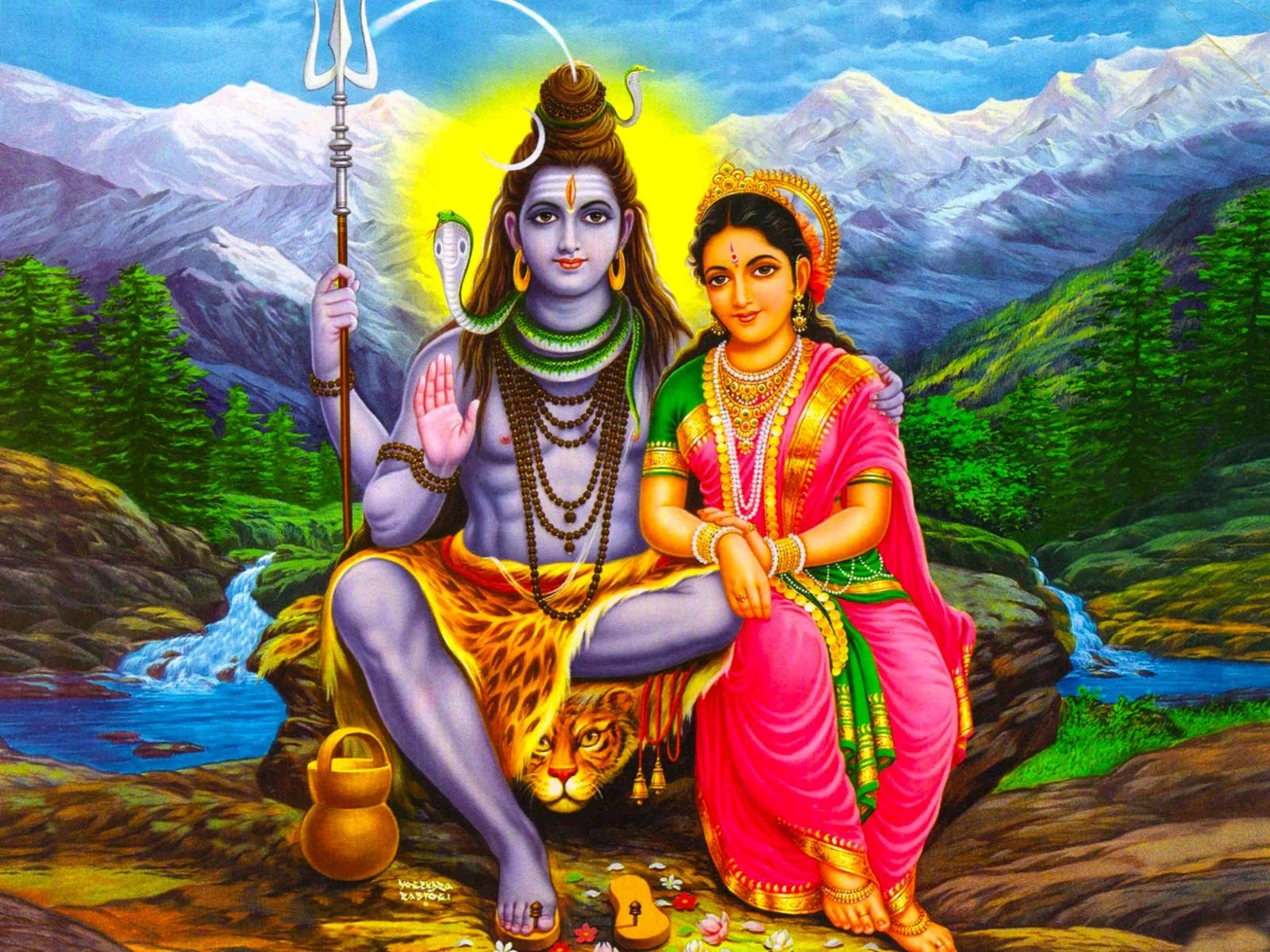
He was happy with the humility of Devi Parvati when she discussed the topics of Lord Rama with Him. This moved Lord Shiva. With a choked voice addressed Mother Parvati thus, ” Oh humble Devi, I am extremely delighted that you have put forward the most pertinent question about Sri Rama to me.
You have served as the representative to the whole of Creation and recognizing your question on behalf of Creation itself, I answer for the benefit of the world. I will narrate to you the divine pastimes of Sri Rama in great detail.
Lineage from Sri Vishnu to Kakutstha
The Ananda Ramayana starts with the story of Creation. From Bhagawan Vishnu Sri Brahma is born. Brahma Ji gives rise to sage Marichi. Marichi gave rise to Sage Kashyapa. Kashyap became the progenitor of Surya Deva, the Sun god, and from Surya Deva came the Manu, also called Shraddhadeva. That very same Manu has Vaivasvata Manu as another name.
This is because Surya Deva is Vivasvan and Manu is the son of Vivasvan. Shradhadeva or Vaivasvata Manu gave rise to Ikshawaku. Kakutstha was the son of Ikshawaku.
Test your Alignment with the Spiritual Subject Matter (only 7-8 Questions)
The scores generated in this Quiz are relative. There are no right or wrong answers. A percentage towards 100 indicates that you are more aligned to the overall subject matter.
Lineage from King Indrawaha to King Haritha
Indrawaha was the son of Kakutstha.
From Indrawaha proceeded Anena and then the trail was Anena to Vishwarandhi to Chandra to Bhuvanashwas to Shashwata to Brihadashwa to Kuvalayashwa to Dridhashwa to Harayashwa to Nikumbha Varhanashwa to Krutashwa to Shyanajit to Bhuwanashwa to Mandhata.
Mandhata was also known as Trasadyasu. The lineage continued, from Mandhata to Purukutstha to Trasadyasu the second to Anaranya. 5 generations of kings proceeded after Anaranya and then was Trishanku’s birth.

Trishanku became the father of the Personification of Truth, Raja Harishchandra. From Harishchandra came Rohit. The lineage continued to Haritha. Haritha became a Brahmana by the dint of austerities. He gave rise to a lineage of Kshatriyas and a second lineage of Brahmanas.
Haritha Gotra was the Brahmin lineage that proceeded from the king turned sage Haritha. Six generations again passed by. Then Sagar came.
Sagar to Asamanjas to Anshuman to Dileepa to Bhaghiratah to Shruta to Nabha to Sindhudeepa to Ayutayu to Rituparna to Sudasa.
Sri Rama arrives in Raghu Kula
Then Five more generations passed by. The great king Dasharatha came down as the son of King Aja. The son of King Dasharatha was the original Supreme Personality of Godhead, Sri Ramachandra Prabhu. Sri Rama had infinite names and infinite pastimes, they were endless.
The greatest Rishis only sang the glories of Sri Rama who had a lineage of 61 kings as His ancestors proceeding from Lord Vishnu.
Thus Lord Vishnu directly came down from His own lineage, the lineage of King Raghu, who was the grandfather of King Dasharatha. Thus Rama was also known as Raghukula Bhushan ” The gem of the clan named after King Raghu”.
Lord Rama is also called Raghava. After the introduction to the Ananda Ramayana, the story begins with the rule of King Dasharatha, who ruled Raghukula from its Capital Ayodhya, a province of modern-day Uttar Pradesh.
His army was huge and he was known for his just rule.
Please Like the Blog and Share it for Maximum Reach

